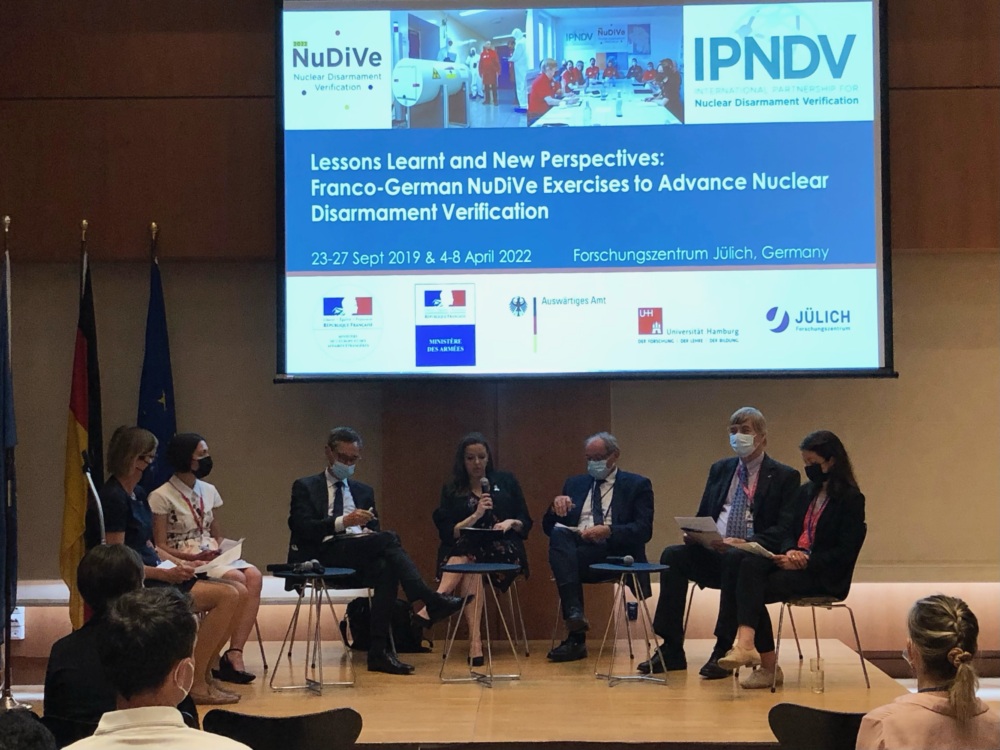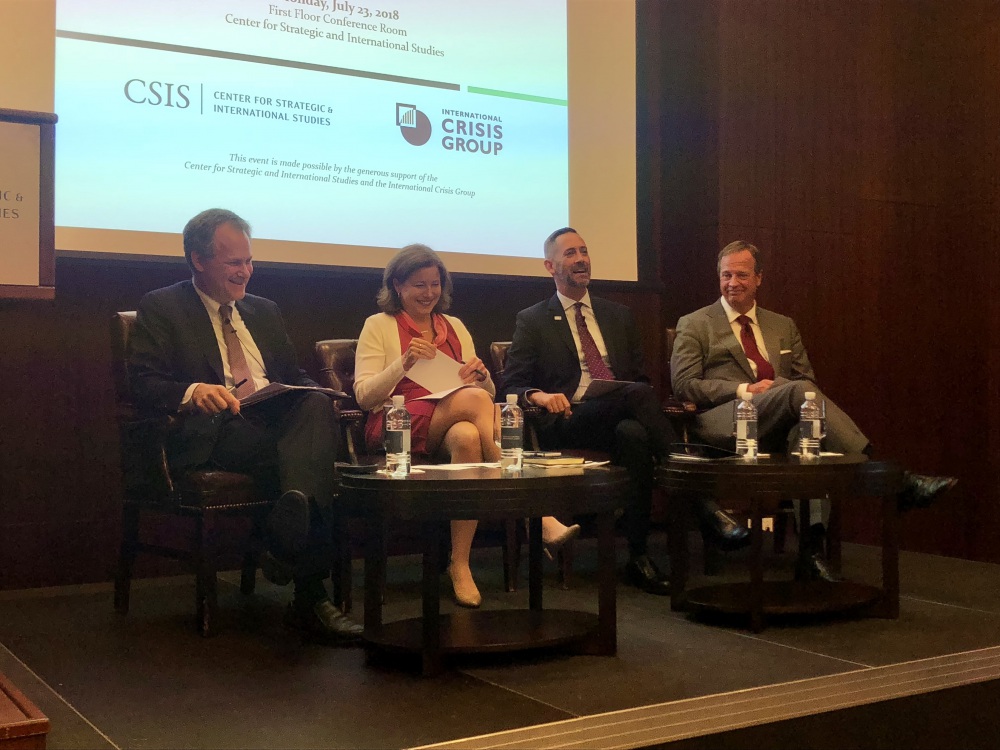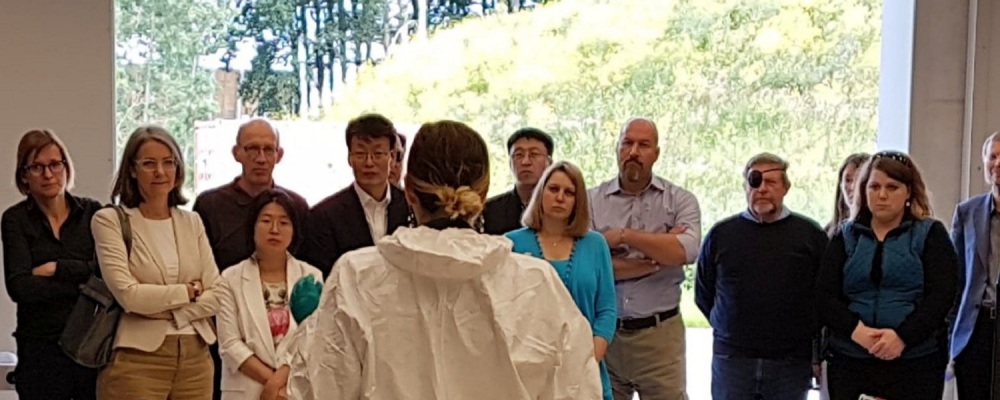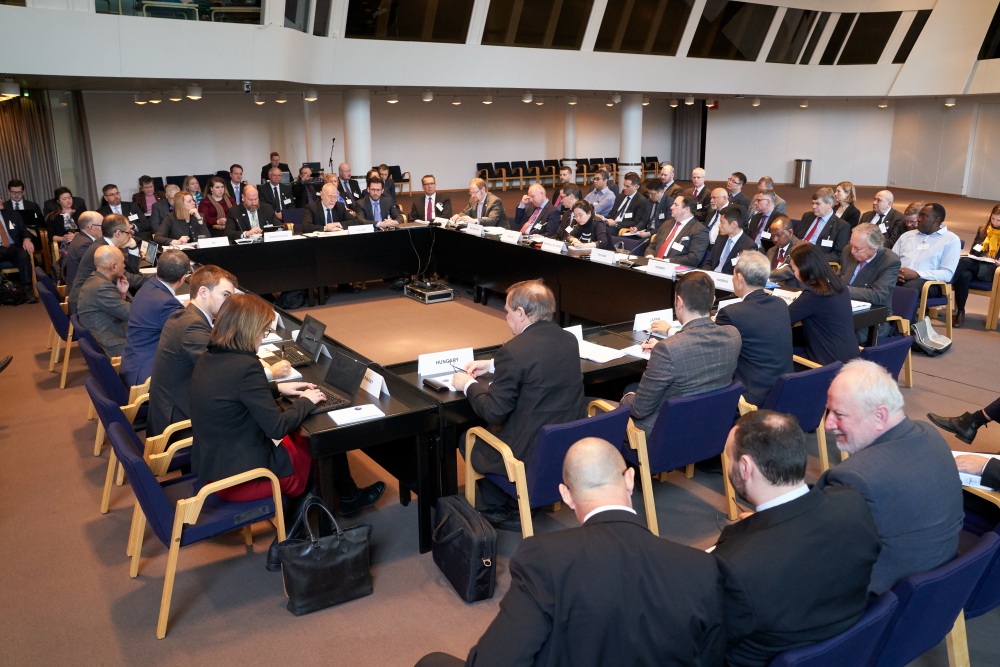This post was written by Mary Fulham, an intern on NTI’s Global Nuclear Policy and Programs team who is a recent graduate of The George Washington University’s Elliott School of International Affairs with a major in Middle East Studies.
In the weeks since the
Singapore summit between Donald Trump and Kim Jong-un, the Trump administration
has insisted that North Korea is already making progress towards denuclearization.
Regional and technical experts remain skeptical of North Korea’s commitment to
ending its prized nuclear program, but if the North Koreans prove themselves
ready to denuclearize, what practical measures will be required for an
effective denuclearization and verification process?
The Center for Strategic
and International Studies (CSIS) invited experts to answer this question during
an event titled, “Verifying North Korean Denuclearization: Where Do We Go From
Here?” Moderator Stephen Pomper, US Program Director at the International
Crisis Group, began the conversation by asking the panelists to put their
skepticism “on mute.”
Panelist Richard Johnson,
senior director for Fuel Cycle and Verification at NTI, emphasized the need for
a declaration of North Korea’s nuclear program and a detailed, mutually agreed
upon definition of the scope of disarmament before jumping into an ill-defined
process. Johnson said it is important for US negotiators to “know at the outset
what [they]…are talking about here” and “to leave the negotiating table with
the same understanding” as their North Korean counterparts.
Johnson’s concern is
informed by the derailment of previous US-DPRK negotiations caused by miscommunication
and vague language. He cited the 2012 Leap Day deal, which broke down after the
North Koreans launched a satellite. A satellite launch was not defined in the
deal, and the US interpreted it to be a violation of the deal’s prohibition on
missile launches.
The key takeaway from the history
of US-DPRK negotiations? “Definitions matter,” Johnson said. “They need to be
as clear as possible.” He acknowledged that definitions can be hard to
establish in diplomatic negotiations where “pragmatic ambiguity” is often seen
as an asset. But he said it is best to “deal with these hard questions at the
outset, rather than set ourselves up for failure,” noting that we have not even
defined the current “freeze” on missile and nuclear tests.
Johnson’s fellow
panelists, Rebecca Hersman, director of the Project on Nuclear Issues and senior
adviser of the International Security Program at CSIS, and William Tobey, senior
fellow at the Belfer Center, both agreed that a declaration of North Korea’s nuclear
weapons and a clear framework are foundational components of an effective and
lasting denuclearization and verification regime.
After a
declaration, the US and North Korean negotiators would need to settle on a
framework for disarmament. Johnson highlighted the potential for a cooperative
threat reduction (CTR)-style approach, as recommended by NTI Co-Chair Sam Nunn
and Board Member Richard Lugar in an
op-ed for The Washington Post in
April 2018. The recommended approach draws from the successful experience of
the Nunn-Lugar CTR program developed in the 1990s to address the urgent nuclear
dangers posed by the dissolution of the Soviet Union. Johnson agreed that the
CTR program, which brought together the US and other nations and international
organizations to help Russia eliminate and secure Soviet nuclear, biological,
and chemical materials and redirect scientists to peaceful work, could serve as
a helpful template for North Korea.
Hersman said that
any framework—whether it outlines a CTR-style, comprehensive, or step-by-step
approach—will help to ensure that “we’re not just giving things away without
getting something in return.”
Ideally, where would
Johnson like to see North Korea in July 2019? He envisions IAEA inspectors
monitoring a production freeze at North Korean nuclear facilities and taking
environmental samples, the removal of fissile materials, and the destruction of
some delivery systems. “This would be my best-case scenario outcome, but it is
extremely challenging to do,” he said.




